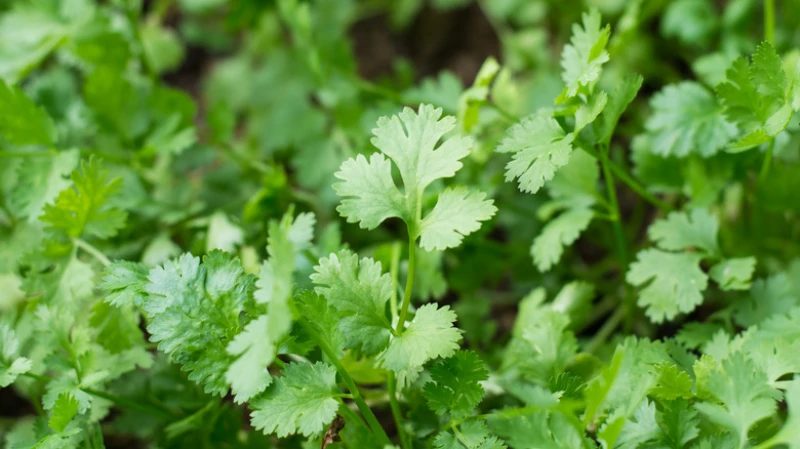Benefits of Growing Asparagus and Cilantro Together
Cilantro is a staple in Asian and Latin American cuisine. It's a cool-season crop that quickly bolts once temperatures hit 80 degrees Fahrenheit, making it difficult to grow in the summer months. If you can't get enough and want to prolong your harvest season, try to grow asparagus next to cilantro. These two plants make for agreeable companions that you'll want to keep together for several seasons.
Cilantro is grown annually, but asparagus can last for up to 15 years if properly maintained. Even though your asparagus will have to commit to the same spot for several years, your cilantro can come and go with the seasons, allowing you to keep plenty of space for the herb you love. These two plants offer benefits to each other that will make keeping them together a no-brainer.
When it comes to companion planting, the first rule is to pair plants with similar needs for easier care. Cilantro and asparagus are a perfect match as they both thrive in full sun and well-draining soil. Cilantro prefers a pH of 6.2-6.8, while asparagus leans towards a slightly more alkaline soil with a pH of 6.5-7.0.
While these two plants agree on most things, their watering preferences differ. Asparagus, with its deep roots, benefits from a good soak to encourage root growth. On the other hand, cilantro's shallow roots require more frequent watering. Surprisingly, this contrast works well together. Mature cilantro is drought-tolerant and can wait longer between waterings, syncing perfectly with the asparagus's watering schedule. However, young cilantro plants may need extra hydration during the asparagus's less frequent watering sessions.
If plants had the ability to form friendships, asparagus and cilantro would undoubtedly be best friends. They coexist in harmony, providing mutual benefits that help each other flourish. As the spring transitions into summer and the temperatures rise, cilantro will eventually fade away. To extend the harvest window, it's essential to provide full shade for the cilantro once the heat sets in. Luckily, by that time, the asparagus should have grown enough in height and foliage to shade the cilantro, allowing you to enjoy its freshness a little while longer.
After the cilantro has run its course and disappeared, let it be. You'll soon be able to harvest coriander seeds, but before that, the plant will bloom with numerous tiny white flowers that attract pollinators and beneficial insects. While asparagus may occasionally attract aphids, the presence of ladybugs and lacewings drawn to the cilantro flowers can help control these pests. Consider using cilantro as a companion plant throughout your garden to promote pollination and keep aphids at bay.








